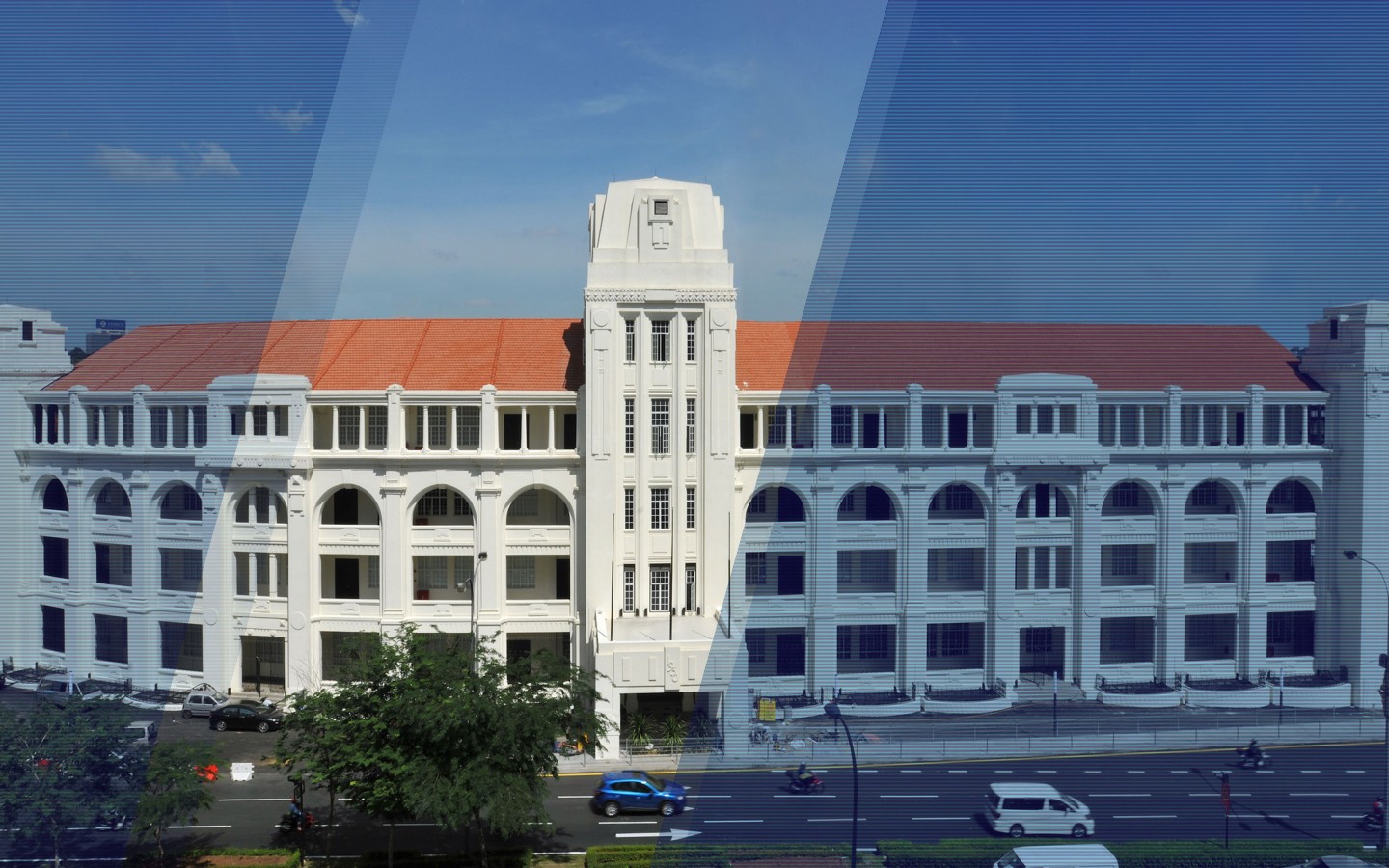Malaysia – Putra Heights Natural Gas Explosion, Who Is Liable for Compensation?: The Victim’s POV.
A festive Hari Raya Aidilfitri celebration turned into a catastrophe for residents of Putra Heights, Subang Jaya, when a gas pipeline explosion rocked the neighborhood on the second day of the festivities (1st April 2025). A deafening blast sent a towering fireball into the sky, forming a mushroom-like cloud before evolving into a raging inferno. Videos circulating online depict scenes reminiscent of the Deepwater Horizon (2016) disaster. Panic-stricken residents fled their homes as flames spread rapidly, fearing for their safety[1].
The destruction was extensive, affecting 237 homes and displacing 305 residents. Many suffered burns and respiratory injuries due to intense heat and smoke inhalation. According to the Fire and Rescue Department (JBPM), 88 structures sustained damage, including 78 residential houses and 10 shophouses. Property damage ranged between 10% to 90%. Additionally, 225 vehicles were destroyed by fire, while another 174 sustained partial damage[2].
This tragic incident raises critical legal questions regarding liability, regulatory compliance, and avenues for redress under Malaysian law.
Regulatory Framework and Guidelines
In Malaysia, the operation and maintenance of gas pipelines are governed by stringent regulations designed to ensure public safety and environmental protection. The primary legislation includes the Gas Supply Act 1993 and the Occupational Safety and Health Act 1994, which mandate rigorous safety standards and regular maintenance protocols for gas infrastructure. Compliance with these statutes is imperative to prevent accidents and ensure the well-being of the community.
Under Section 11 of the Gas Supply Act 1993 (“GSA”), for example, it is expressly provided as follows:
(i) No one is allowed to supply gas through pipelines without a valid license.
(ii) The Commission, with approval from the Minister, may grant a license for gas distribution subject to safety and regulatory conditions.
(iii) Applicants must provide relevant details to the Commission, including:
a. The designated area for gas distribution and a site plan showing where the pipeline will be installed and its surroundings,
b. A layout of the pipeline routes, including storage tanks, site boundaries, and potential ignition sources, and
c. Technical specifications and certification of the pipeline or installation.
Meanwhile, Section 30(6) of the GSA states that anyone who tampers with or damages a gas pipeline—whether intentionally, recklessly, or negligently—so as to cause or to be likely to cause injury to human life or limb or damage to any property commits an offense. If convicted, they could face a fine of up to RM100,000, imprisonment for up to five years, or both.
Additionally, Section 30(8) of the GSA provides that unless the pipeline operator has taken reasonable steps to provide notice of the pipeline’s existence and implemented protective measures as required by the Commission, no one is allowed to carry out work or activities near a gas pipeline or installation in a way that may interfere with its operation or pose a danger to any person or property.
However, while these provisions may establish criminal and quasi-criminal liabilities, they do not provide monetary compensation to affected parties. Civil suits may be pursued by the affected parties to obtain damages against the responsible party.
Duty of Care Under the Law and the Principles of Rylands V Fletcher
A civil suit on the ground of negligence may be considered. The tort of negligence requires proving the following elements before any party can be held liable for negligence (Siew Yaw Jen v Majlis Perbandaran Kajang and another appeal [2015] 4 MLJ 411):-
(i) There is duty of care on the part of the defendant not to do any act or omit to do any act which could foreseeably affect other persons;
(ii) The duty of care was breached through an act or omission;
(iii) The breach resulted in damage or loss to such other persons.
As natural gas is highly inflammable, it imposes a higher degree of care and safety in storage, handling and management to minimize risks of explosion. Any licensee of natural gas supplier in West Malaysia and operator of natural gas pipelines therefore owes duty of care to ensure that the pipelines do not pose any danger and/or cause any injuries to any other person, especially to those within nearby vicinity.
Additionally, online discourse has suggested as follows:-
(i) A new commercial project was underway near the explosion site[3];
(ii) Excavation work by an unidentified contractor may have triggered the blast[4];
(iii) The safety distance between gas pipelines and nearby developments should be at least 100 metres[5].
In the Federal Court case of Tenaga Nasional Malaysia v Batu Kemas Industri Sdn Bhd and another appeal [2018] 5 MLJ 561, the Government of Malaysia (D1) and Tenaga Nasional Berhad (D2) were held liable for negligence following an electricity supply disruption that damaged the Plaintiff’s factory machinery and production schedule. The disruption was caused when D1’s contractor, Markas, ruptured an underground power cable during highway construction. It was found by the Court that D2 had been notified to relocate power lines but failed to remove the underground cable or inform others of its presence.
Apart from negligence, strict liability may be applicable under the rule established in Rylands v Fletcher, wherein an entity can be held liable for damages caused by hazardous activities conducted on its property, regardless of fault.
Given that gas pipeline operations are inherently dangerous, licensee or operator of natural gas pipelines may be subject to strict liability for the explosion and its ensuing damages.
In the case of Petronas Gas Bhd v. DWZ Industries (Johor) Sdn Bhd & Anor 2020] 2 CLJ 694, the court found the defendants liable for negligence, trespass, nuisance, and breach of statutory duties due to the illegal discharge of industrial effluents, which caused external corrosion of the plaintiff’s (Petronas Gas Bhd) gas pipeline. The first defendant was held responsible for violating environmental regulations, while the second defendant was held liable due to its ownership and involvement in factory operations. The defendants were further found liable for strict liability under the rule of Rylands v. Fletcher for the non-natural use of land.
Similar to the 2016 movie Deepwater Horizon, which depicted the infamous BP oil rig explosion in the Gulf of Mexico as the devastating consequence of cost-cutting measures and regulatory failures, the Putra Heights explosion raised troubling questions about oversight, risk management, and compliance failures – if any –that may have contributed to the disaster.
In this instance, should investigations reveal that any party – be it the licensee, the State Authority granting approval for construction work of the Putra Height Residence as well as the nearby commercial development, the contractor doing excavation works and/or any other related entity – had breached their duty of care which directly or indirectly caused the explosion, they may be found liable in civil proceedings.
Legal Recourse by the Affected Party
Affected parties should act quickly to safeguard their interests and seek legal redress:-
(i) Obtain thorough medical check-ups and compile the medical records.
(ii) Hire an independent valuer to assess property damage (homes, vehicles, and personal belongings) caused by the explosion.
(iii) Form a victim support committee to facilitate communication with public authorities and document official investigations.
(iv) Seek legal representation for expert advice on potential claims.
(v) Avoid signing documents without fully understanding their legal implications.
(vi) Initiate a civil suit upon gathering sufficient evidence and documentation.
Conclusion
The Putra Heights gas pipeline explosion presents complex legal challenges concerning regulatory compliance, corporate liability, and victim compensation within the Malaysian legal framework. The outcomes of ongoing investigations will be pivotal in determining accountability and shaping future policies to bolster the safety and reliability of the nation’s gas infrastructure.

For further information, please contact:
Abu Daud Abd Rahim, Partner, Azmi & Associates
a.daud@azmilaw.com





